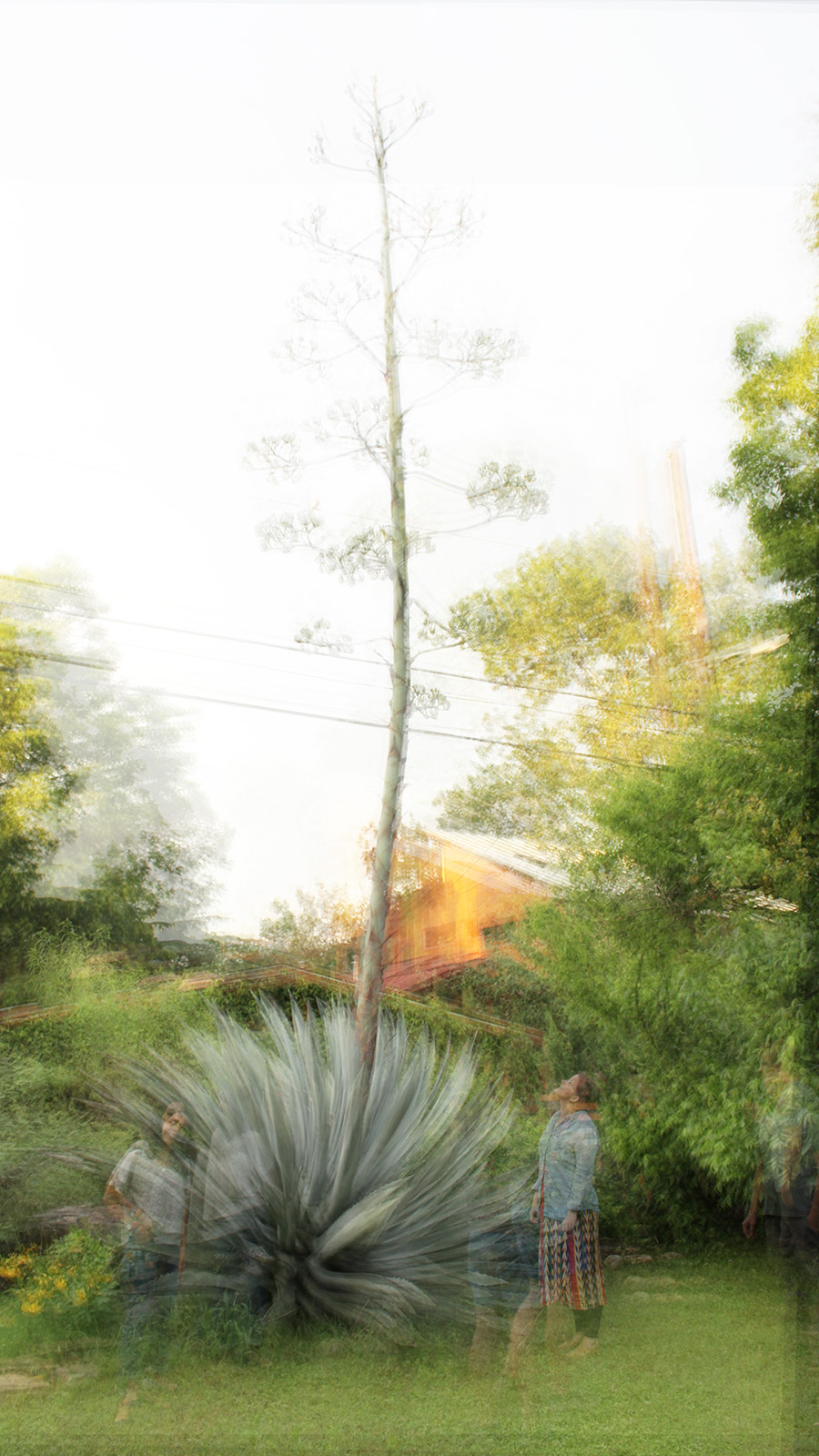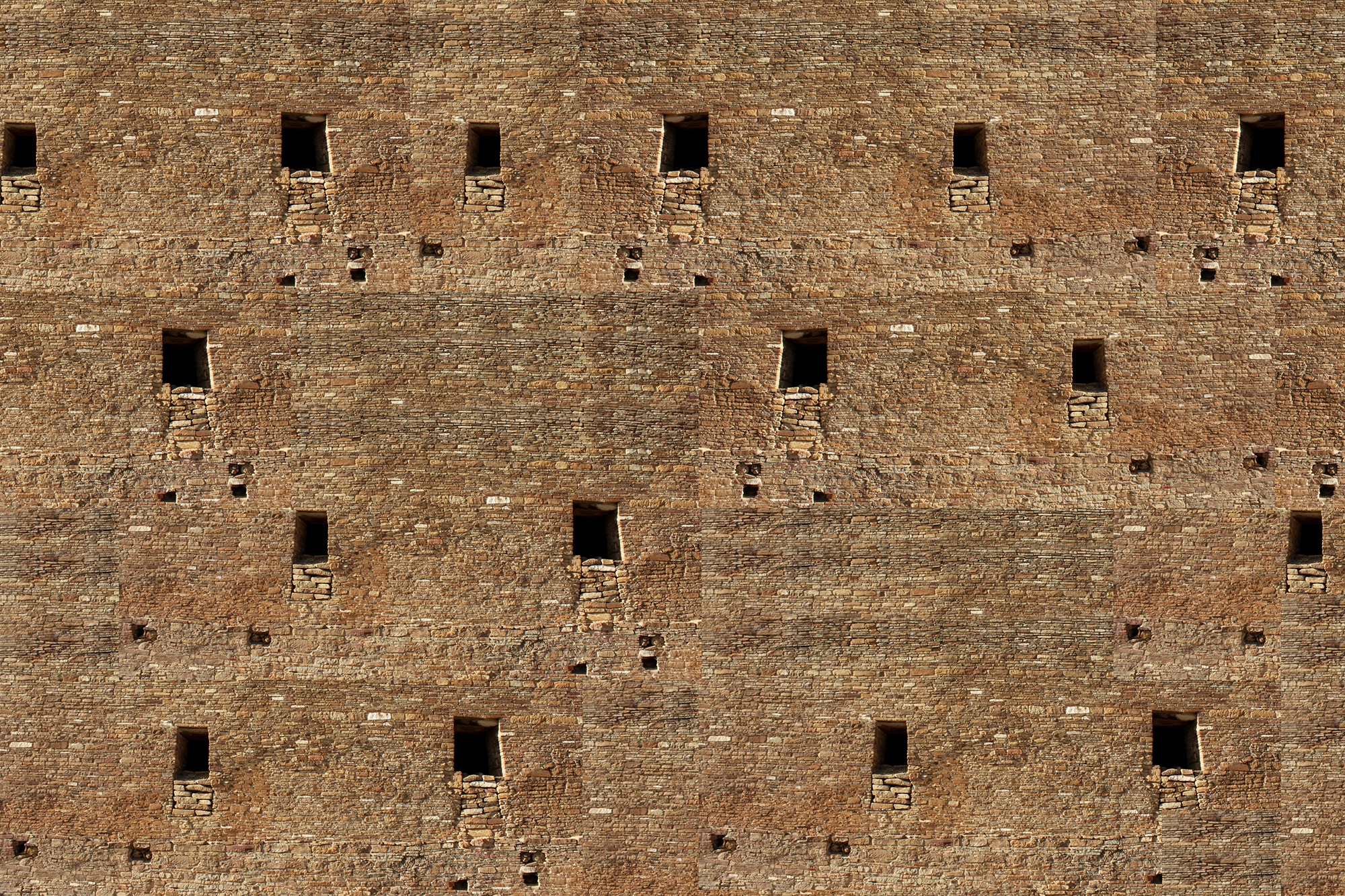“Ruins remain. They persist, whether beneath the ground or above. In remaining, they are always already of the past, yet given to the future. Ruins collapse temporalities. Landscapes and buildings in ruination, reduced to abandoned sites, are traces that embody a sense of loss. Ruins hold out an image of a once glorious present, another time, revealing a place of origin no longer as it was. Their presence is a sign of that loss and of the impossibility of overcoming it. They remind us of finitude as both disruptions and continuity, of the necessity of living on among ruins.” -Charles Merewether
This summer I will be conducting an independent study to investigate the ruin, specifically establishing the characteristics of what makes an architectural ruin and those qualities that have made them so alluring over time. This blog will play host to my observations and investigations.
To provide context, the initial research will explore the perverse infatuation of designing for ruin, as seen through the lenses of the Romantic painters and the architectural visions of John Soane, Albert Speer, and Lebbeus Woods, as well as identifying contemporary examples. This research will inform a definition of ruin, such as defined by the characteristics of impermanence, imperfection, and abandonment.
Ruins are absent of their original context in time and function, and in the present allow for their own interpretation. In experience, ruins evoke a variety of responses, of mortality, impermanence, loss, and the persistence of time despite it. They seem defined by abandonment, although are valued through their experience. Thus the coursework will include a travel component to the historic ruins of Chaco Canyon and in comparison, the occupied Taos Pueblo of New Mexico. Both sites are significant and historic to northern New Mexico, however one is now a ruin, the other a still living and breathing occupied settlement. The experiences of these sites will be documented on this blog through imagery and text. This experience will serve as the basis for further research and exploration during the summer session.
The culmination of research and experience will be physical and visual manifestations of these findings and a concluding statement on ruins as it relates to the life of a building in present context. Through this process I hope to address questions of the designers intent and control over the ruined state.


![Ilya Kabakov, School No. 6 [1993]](https://images.squarespace-cdn.com/content/v1/5390d04ae4b09766f2c6023f/1405116856991-KAHV6XC831UDJQ483T90/Kabakov%2C+School+No.6%2C+1993)
![Alvaro Siza's Boa Nova Tea House in Ruin [Photograph by Tyler Noblin, 2013]](https://images.squarespace-cdn.com/content/v1/5390d04ae4b09766f2c6023f/1402008476607-EOMQG0YHCKOMHV2TSB18/image-asset.jpeg)